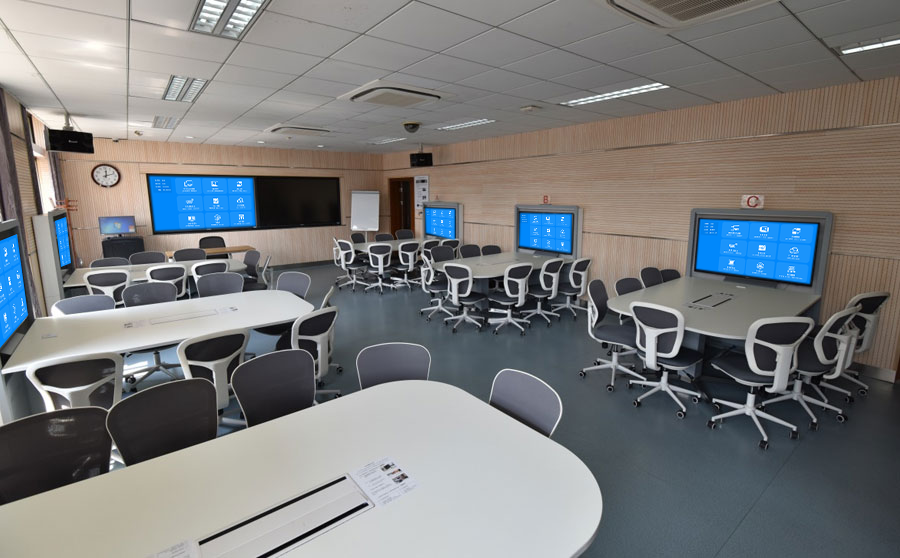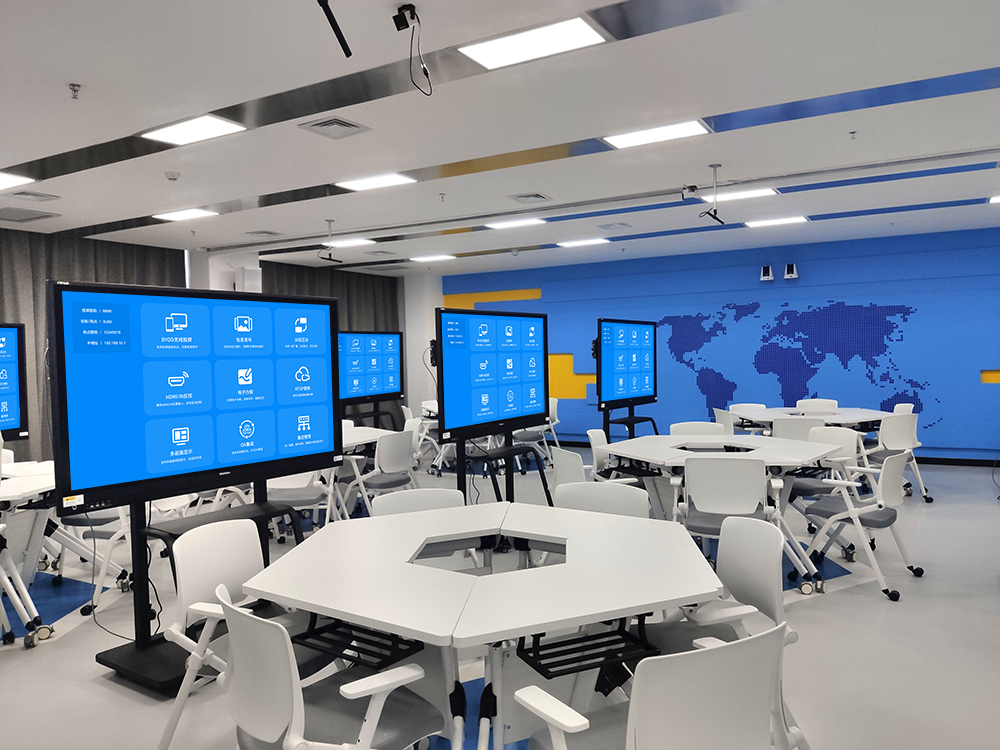Multi-Screen Interaction: A New Experience in Cross-Device Collaboration
The multi-screen interaction solution breaks down the barriers between phones, computers, tablets, and large displays. It enables a free flow of content and complementary functions, making device collaboration more efficient. It covers all scenarios—from office to education and home—and redefines the cross-device interaction experience.
Universal Device Interconnection, Seamless Connection
This solution is compatible with all types of devices, including Android/iOS phones, Windows/macOS computers, tablets, smart TVs, meeting screens, and projectors. The compatibility rate for both new and old devices from different brands is over 95%. The connection methods are flexible and simple:
- Fast Wireless Connection: It takes 3 seconds to connect with native device mirroring or a QR code, with no app installation required.
- Automatic Matching: When a frequently used device is nearby, a pop-up will appear to remind you to connect, so you don’t have to search repeatedly.
- Wired Backup: HDMI and Type-C interfaces can be plugged in and used immediately, which is great for situations where the wireless signal is weak.
Core Interactive Functions, Empowering All Scenarios
Free-Flowing Content Across Screens
It supports “one-to-multi,” “multi-to-one,” and “two-way transfer.” In the office, a computer can mirror a proposal to a large display and simultaneously send it to a colleague’s tablet for annotations. For home entertainment, photos from a phone can be batch-mirrored to a TV, and a video playing on the TV can be saved to a phone with one click. In the classroom, a teacher can mirror a lesson to the main display, and students’ tablets can receive it in sync for review.
Complementary Multi-Screen Functions
- Extended Collaboration: A tablet can be used as a “secondary screen” for a computer, so you can write a report on one screen and look up information on the other. A phone can be used as a “remote control” for a large display, allowing you to control playback from a comfortable position.
- Cross-Device Control: You can use a computer’s mouse to control a phone to reply to messages. A stylus on a tablet can be used to annotate mirrored content, and the annotations will be synchronized to the large display in real time.
- Multi-Device Annotations: In meetings and classes, multiple people can annotate the same document on different devices. Their comments are instantly compiled, and the annotated results can be saved and shared with one click.
Multi-Scenario Adaptation, Boosting Efficiency and Experience
- Office Collaboration: When a team is working on a project, members can use their own devices for their specific tasks. All content is compiled on the large display in real time, so everyone can see the progress. In a remote meeting, a phone can mirror the on-site view, and a computer can mirror the proposal details. Remote colleagues can use their tablets to give feedback, boosting decision-making efficiency by 40%.
- Classroom Interaction: A teacher can use a computer to explain a concept and a tablet to show a lab video. The large display combines both contents. During a group discussion, the group’s work can be mirrored to a large display for critique. Students can take a photo of a question with their phone, and the teacher can explain it on the spot. This makes class interaction more lively and the transfer of knowledge more efficient.
- Home Entertainment: On a weekend, you can mirror a show from your phone to the TV, and your tablet can display comments and interactions. When helping a child study, you can mirror an educational animation to the TV and use your phone to remotely control playback and pause to explain things. At a family gathering, multiple people can take turns mirroring games and videos, so there’s no need to huddle around a small screen to share the fun.
Smart Management, Secure and Convenient
- Access Control: You can set a device whitelist and a temporary authorization code. Outside devices must be authorized to connect, which protects content privacy.
- Remote Maintenance: It offers real-time monitoring of device status and supports remote on/off and firmware upgrades, which reduces maintenance costs.
- Scenario Presets: With one click, you can switch between “meeting,” “teaching,” and “entertainment” modes to automatically adjust device parameters.
There’s no complex wiring needed. Devices can be used just by being connected to the network. This multi-screen interaction solution maximizes the advantages of each device and achieves a collaborative value of “1+1 > 2,” adapting to all sorts of scenarios.